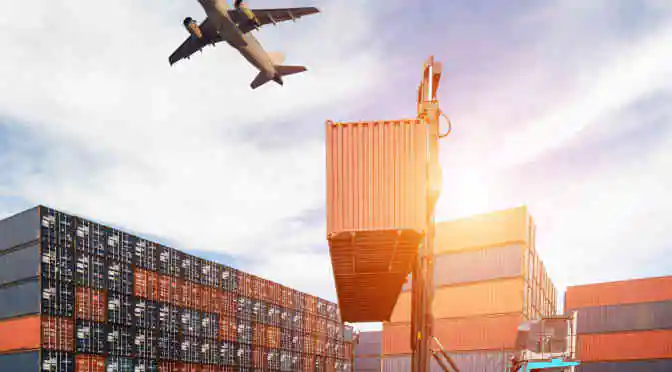The on-demand economy refers to new economic activity created and facilitated by tech companies through digital technologies to fulfill the goods and services needs of customers.
This new economy has resulted in a plethora of on-demand services, and has had some serious impact on the world of food delivery.
When it comes to ordering takeaway, more and more consumers are opting for sites that aggregate a bunch of different restaurants, and facilitate online orders.
And the companies offering these services are reaping the benefits—food delivery companies are gaining investor attention, and this funding is expected to grow 10 times in the next three to five years.
Overall, IT spending in the food delivery marketplace is expected to reach a value of $1,572.1 million by 2019, growing at a CAGR of 37%.
Food delivery: How has it changed from first to second gen?
First generation food delivery players like Grub Hub, Just Eat, and Delivery Hero operate in the ordering section of the on-demand food delivery framework—they act as pure software providers that consolidate fragmented offerings of independent restaurants, but don’t typically deal with any of the logistics.
Second-generation food delivery players such as Deliveroo and DoorDash are focused on the ordering and logistics sections of the business framework. These players help increase online orders and take the ownership of logistics through their own fleets.
The market is not without its challenges
On the IT side of things, concerns over secure payments, a lack of standardized technology and system integration will be issues that key service providers like PayPal, Oracle and Infosys will need to address over the next four years. Many food delivery companies use in-house expertise to meet their IT requirements, but as these companies expand into different geographical regions they’re looking to collaborate more with IT service providers to implement more sophisticated tools.
Emergence of cab aggregators in food delivery marketplace will be a trend to watch
But having the IT in place to handle orders is just one piece of the puzzle. Getting the food to customers is a completely different beast, and a big logistical challenge. This is why a lot of collaborating is taking place among players in the on-demand economy.
Food delivery companies are striking deals with cab aggregators for final delivery. This past year saw the launch of Ola Café and UberEats, which are both partnerships between app-based cab services and food delivery companies.
More cab aggregators are entering the market, which is a trend that is expected to continue, and drive up IT spending in this sphere through the forecast period.



